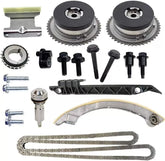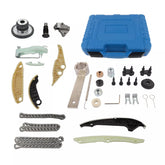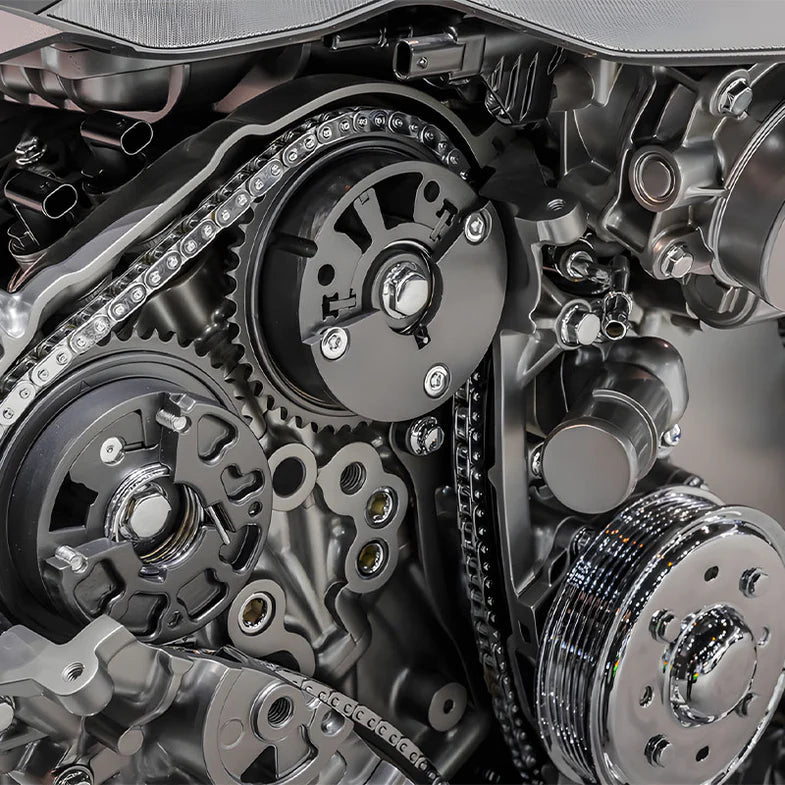Revolutionizing the Automotive World: The Latest Innovations in Car Parts Technology
The automotive industry is undergoing a seismic shift, driven by advancements in technology and evolving consumer demands. From electric vehicles (EVs) to autonomous driving systems, car parts are at the heart of this transformation. In this blog, we’ll explore the most exciting innovations in automotive components, highlighting how these breakthroughs enhance performance, sustainability, and safety for drivers worldwide.
1. Solid-State Batteries: Powering the EV Revolution
Electric vehicles are no longer a niche market—they’re the future. Central to this shift is the development of solid-state batteries, which promise higher energy density, faster charging, and improved safety compared to traditional lithium-ion batteries. Companies like Tesla and Toyota are racing to commercialize this technology, with prototypes already achieving energy densities of 350 Wh/kg, significantly extending EV range.
Why It Matters:
- Longer Range: Reduce “range anxiety” with batteries that last 500+ miles on a single charge.
- Faster Charging: Achieve 80% charge in under 15 minutes.
- Safer Design: Eliminate flammable liquid electrolytes, reducing fire risks.
2. Smart Sensors and LiDAR: The Eyes of Autonomous Cars
Autonomous driving relies on advanced sensors like LiDAR (Light Detection and Ranging), millimeter-wave radar, and high-resolution cameras. These components enable vehicles to “see” their surroundings with unparalleled precision. For instance, Tesla’s Full Self-Driving (FSD) system uses a suite of 8 cameras and AI-powered processing to navigate complex environments.
Key Innovations:
- AI-Enhanced LiDAR: Combines 3D mapping with real-time data processing for safer lane changes and obstacle detection.
- Sensor Fusion: Integrates data from multiple sensors to improve decision-making in adverse weather.
3. Lightweight Materials: Boosting Efficiency Without Sacrificing Strength
The push for fuel efficiency and reduced emissions has fueled the adoption of lightweight materials like carbon fiber composites, aluminum alloys, and high-strength steel. BMW’s i3, for example, uses carbon fiber-reinforced plastic to cut weight by 30%, enhancing both performance and energy efficiency.
Applications:
- Engine Components: Lightweight pistons and crankshafts improve acceleration.
- Body Panels: Carbon fiber reduces vehicle weight while maintaining crash safety standards.
4. 3D-Printed Custom Parts: Personalization Meets Precision
3D printing is revolutionizing how car parts are designed and manufactured. Companies like Porsche and General Motors now use this technology to produce customized components on demand, from intricate engine parts to bespoke interior trim.
Benefits:
- Rapid Prototyping: Accelerate product development cycles.
- Cost Efficiency: Reduce waste and inventory costs with on-site production.
5. AI-Driven Predictive Maintenance Systems
Gone are the days of reactive repairs. Modern vehicles equipped with AI-powered diagnostic systems can predict component failures before they happen. For example, Bosch’s IoT-enabled sensors monitor engine health in real time, alerting drivers to issues like worn brake pads or low battery life.
Impact:
- Reduced Downtime: Prevent breakdowns with proactive alerts.
- Extended Lifespan: Optimize part performance through data-driven insights.
6. Sustainable and Recyclable Components
As eco-consciousness grows, automakers are prioritizing circular economy principles. Michelin’s “Vision Concept” tire, made from biodegradable materials, and Ford’s use of recycled ocean plastics in wiring harnesses exemplify this trend.
Eco-Friendly Trends:
- Recycled Metals: Aluminum and steel parts made from post-consumer waste.
- Bio-Based Polymers: Interior components derived from plant fibers.
The automotive parts industry is not just keeping pace with innovation—it’s leading the charge. From solid-state batteries to AI-driven diagnostics, these technologies are redefining what’s possible on the road. For car enthusiasts and everyday drivers alike, staying informed about these advancements ensures smarter choices and a smoother ride into the future.




